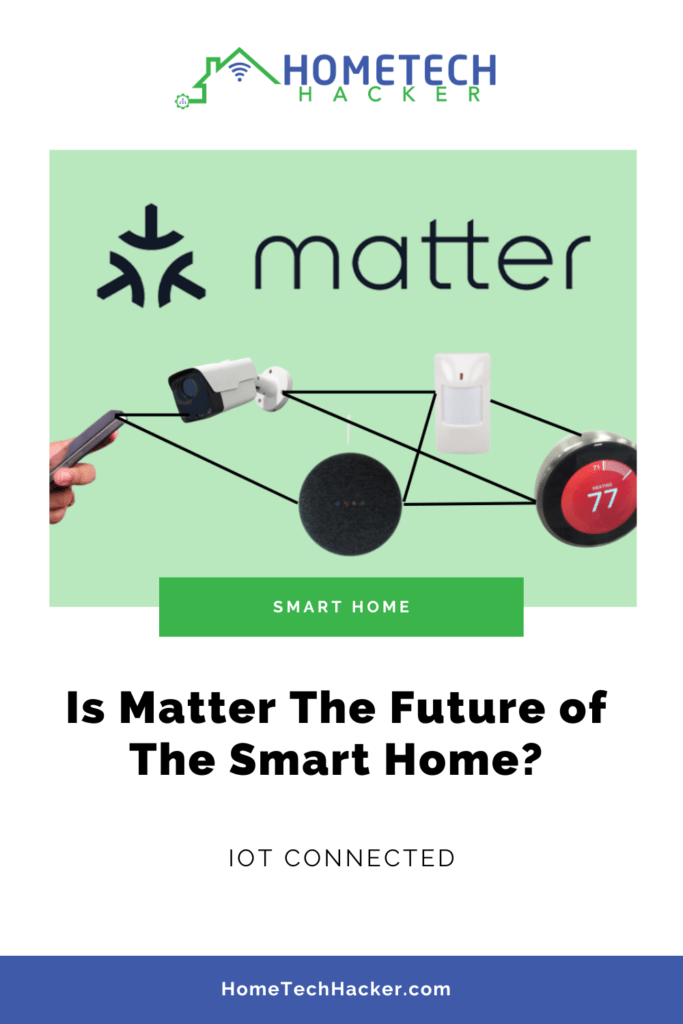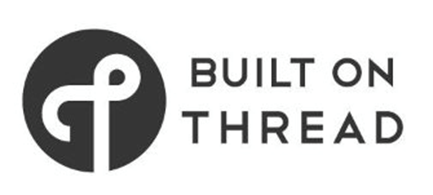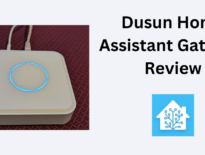
If you’re reading this article, chances are you’ve heard about Matter in the news. But what is it? How does it affect your smart home? You’ve come to the right place to get the answers. Let’s discuss what Matter is and how it impacts the future of the smart home.
Smart home landscape background
As you’ve probably noticed, smart home devices are popping up everywhere. The World Economic Forum estimates that more than 130 million households owned a smart home device in 2022.
Many smart devices use different protocols (Wi-Fi, Z-Wave, Zigbee, Bluetooth, etc.). They often are only designed to work with certain other smart home devices and ecosystems (Alexa, Google Assistant, SmartThings, Tuya, etc.). As the number of smart home devices has exploded, figuring out which ones work with each other and how to configure them has become a nightmare for many smart home enthusiasts trying to decide which smart home device to buy.
The Matter standard attempts to solve this and other problems.
What is Matter?

You can think of Matter as a common language for smart home devices. This language allows smart devices to work regardless of the protocols and ecosystems in your home. You no longer have to check for the “Works with” Google Assistant, HomeKit, or Alexa badges. Matter devices should work with all of them. It can even work on more than one of these platforms at the same time.
To Matter, it doesn’t matter if you have an Android phone, your spouse has an iPhone, and your children have Fire tablets. All of these devices can control Matter smart bulbs, smart locks, smart switches, etc. You can also be confident that the new Matter devices that you purchase will work with your existing Matter-enabled ecosystem.
Some Matter technical details
Matter is an interoperability standard run by the Connectivity Standards Alliance (CSA). It specifies how devices should talk to each other over existing protocols like Ethernet, Wi-Fi, and Thread (more on Thread later). Matter also works over the Bluetooth LE protocol for device setup.
Matter is backed and supported by a long list of companies like Apple, Google, Amazon, Ikea, Samsung, LG, and even more niche organizations like TP-Link, Nanoleaf, and Eve. Amazon Alexa, Apple Home, Google Home, and Samsung SmartThings all support and will be interoperable with Matter devices.
Another important feature of matter is that all devices can be controlled locally. Now, I’ve favored local control of devices for years. It usually leads to faster-responding devices, better privacy, and the ability for your smart home to function even when your Internet connection is down.
A note about Thread…

I’ve seen a lot of confusion about Thread and Matter and how they are related. Thread is a wireless protocol specifically built for Internet of Things (IoT) devices. It’s a low-power, low-bandwidth mesh networking protocol, similar to Zigbee and Z-Wave, except it doesn’t need a central hub or bridge. Thread devices talk directly to each other.
Thread is an IPv6-based wireless protocol. This allows Thread-enabled devices to talk directly to other IP devices like routers, smartphones, and other mobile devices.
Thread will be the protocol that Matter prefers for battery-powered and low-bandwidth devices like smart locks and motion sensors.
What smart devices use Matter?

At the time of writing this article, Matter just came out and is just at version 1.0. Thus, it only supports basic functions of smart devices (e.g., on/off, lock/unlock, brighten/dimming, motion detected/no motion detected). For now, you’ll still have to access advanced features of these smart devices through your smart home ecosystem (e.g., Apple HomeKit, Google Assistant, Amazon Alexa). Below list of Matter-supported device categories (again, at the time of writing this article):
- Plugs and outlets
- Motion and contact sensors
- Locks
- Light bulbs
- Light switches
- Blinds and shades
- Streaming video players
- Televisions
- Bridges
- Wireless Access Points
- Home appliances (expected Spring 2023)
- Robot Vacuums (expected Spring 2023)
According to the CSA, more devices are on their way, including garage doors, home security sensors, environmental quality sensors and air purifiers, and smoke and CO detectors.
The list of specific Matter-enabled devices is short right now but growing. Soon, I’ll publish articles reviewing a few of them as well as an article listing all the devices I know of and where you can get them. You can see a list of available Matter devices here. Make sure to come back to read those articles, or just subscribe to my website to get notifications.

What you need to use Matter
All you really need is a Matter controller. And it doesn’t matter (I did it again…) which brand you buy, any Matter device will work with any Matter controller. These controllers onboard your devices to your home network and allow you to control them. In some cases, they can share (bridge) your devices to other controllers that may have more functionality.
The popular flagship smart speakers and hubs (Google Home, HomePod, Apple TV 4K, later models of Amazon Echo, Samsung SmartThings) have Matter controllers built in. Matter controllers are also built into the latest versions of iOS and Android. Some apps will soon function as controllers as well.
But, you’ll want to have a controller that is stationary in your home if you want to be able to reliably run automation when you aren’t around.
Another note about Thread…
As I mentioned earlier, Thread is the mesh-networking protocol of preference for low-bandwidth and battery-powered Matter devices. In order to use Thread, you’ll need what’s called a border router to work with the controller. Some Matter controllers are also Thread border routers, eliminating the need for you to buy a separate device.
How does Matter work with existing devices?
Some existing devices can gain Matter support. Wi-Fi devices can get compatibility via over-the-air firmware upgrades if they have compatible hardware and the vendor chooses to upgrade. Many devices have already announced and implemented these updates
Zigbee devices can be bridged to Matter via their existing hubs, as Aqara and other companies have promised to do.
Other hubs, like the SwitchBot Hub 2, already act as Matter bridges for other devices in their ecosystem.
It’s important to note the current devices don’t need to gain Matter support to continue working or work with Matter devices. Your current platform will not lose functionality and everything that works now should continue to work.
What about Home Assistant?

My preferred smart home hub, Home Assistant already has an early-stage implementation of Matter. I’m confident that it will eventually have full support. I hope to get it up and running in my Python virtual environment-based install soon. Right now, that installation method makes adding Matter support difficult.
Final thoughts: Is Matter the future of the Smart Home?
We are at the end of this article and I still haven’t definitely answered the question. Yes, Matter is definitely a large part of the future of the smart home. Eliminating the communication and proprietary barriers that have plagued smart homes is a necessary step in increasing their accessibility. Not needing to know what works with what before buying a smart device is an important key to the more widespread adoption of smart homes.
Matter doesn’t make your existing smart home hubs and smart devices obsolete. But, if you’re buying a new device, you might want to consider a Matter-enabled one. In the future, that may be the best and easiest way to go for reliability, compatibility, and local control.
I’ll be purchasing and playing with Matter devices and will let you know my thoughts and progress as I go right here at HomeTechHacker. You can already read about my early experiences with Matter devices.
Do you have any Matter devices? Let me know what you have and what you think of it in the comments or on Twitter.


